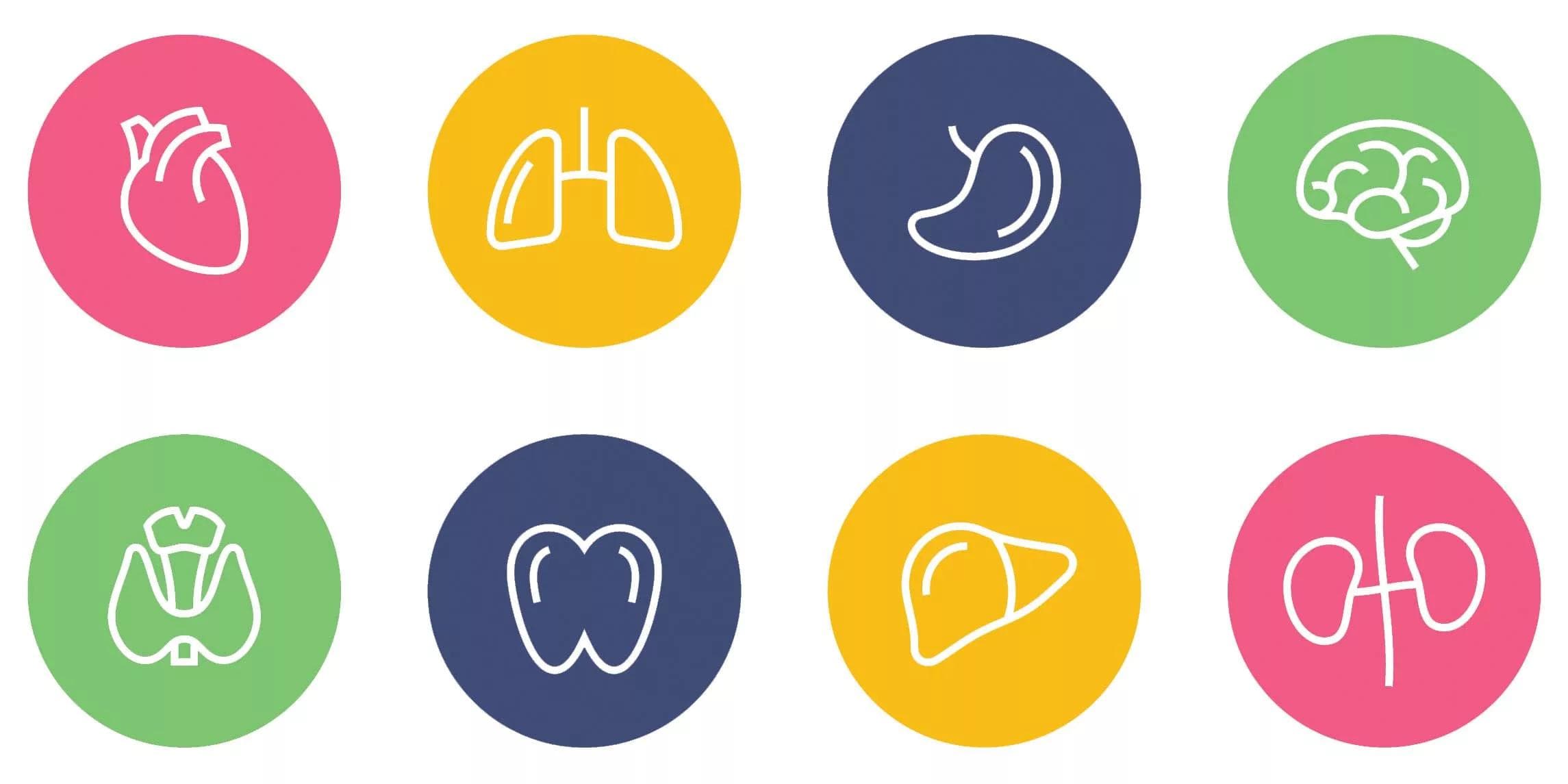What is GTEx, and why is it so important for genetic research?

DNA carries the instructions for life. Our bodies are somehow able to construct an entire human being, complete with a functioning heart, an adaptable immune system, and a whole complement of interconnected organs and body tissues, all from a series of As, Ts, Cs, and Gs. Scientists are continually making discoveries that help us understand this process. A relatively new research initiative, the Genotype-Tissue Expression project (GTEx), has set out to make big contributions toward this effort.
The excitement around GTEx lies largely in that it has catalogued gene expression—whether a particular gene is read—in dozens of human tissues. Typically, large scale genetic studies focus on associations between specific physical traits (such as obesity, height, athletic ability, caffeine consumption, and so on) and DNA. Genome wide association studies (GWAS) are a good example of this. In a GWAS, DNA is genotyped from a sample population. Typically, this sample population includes both people with and without the trait being studied. (In this context, “trait” can refer to a number of measurements including physical traits like height, hair color, and weight; the presence or absence of a disease; or lifestyle behaviors like a person’s sleep patterns.)
Using these large datasets, scientists are able to determine how often a specific DNA sequence is associated with individuals that have the trait. These associations can then be used to describe a person’s likelihood of having that physical trait based on their DNA. For instance, people with a T in a specific location in their DNA near the CYP1A2 gene are significantly more likely to consume more coffee than those who have a C in the same location.
While informative, GWAS do have drawbacks. A big one is that they don’t necessarily pinpoint the reason why a DNA variant would be linked to the trait. To help bridge this gap, GTEx has begun to explore how genetic variations affect a person’s organs at the molecular level. The project aims to understand what genes are turned on and off in different organs, and to further understand how genetic variation might affect different parts of the body. To do this, researchers are cataloging information about DNA and RNA from multiple types of tissue. RNA is similar to DNA, but is shorter lived and can move from the nucleus (where its made) to the cytoplasm (where its read). Information coded within the DNA is copied into messenger RNA, which is then transported out of a cell’s nucleus and used as a template for building proteins. Because proteins affect our traits, measuring RNA can help us understand what genes are influencing traits within each organ. With this knowledge, researchers can combine RNA data and DNA data to see how genetic variants affect genes in different parts of the body, and how that ultimately leads to a physical trait. They also will help clarify if variants identified previously through GWAS have a meaningful impact on the human body.
GTEx, and other large projects in genetics like the UK Biobank, will likely have a tremendous impact on humankind over time. In the past decade, over 2,000 GWAS have been performed, which have identified links between genetic variations and over 250 human traits. Results from studies like these can lead to DNA-powered products available directly to you. For example, findings relating to taste receptor variability, sleep preference, and iron metabolism—all of which have made their way into products in the Helix Store—have been studied using GWAS. As data sets from GWAS studies, GTEx, and others are merged, it’s very likely that many more valuable insights will follow.